Over many years, one of the most consistently requested aircraft is Back Yard Flyer. Even the name sounds affordable, doesn’t it?

Part of the reason for keen interest was an airframe that quickly folded in a unique for easier storage. Built primarily of welded aluminum, the airplane looked tough yet managed to stay within Part 103 tight constraints.
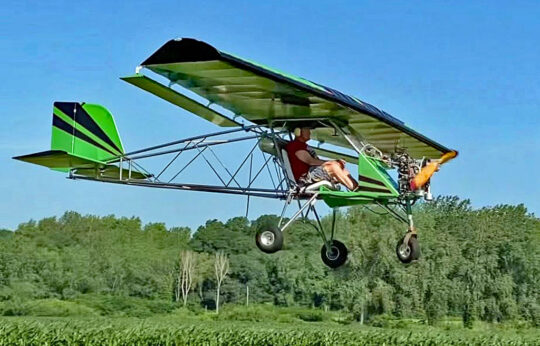
Put together, the welded aluminum structure with its folding wing and dependable power and, presto, you have Backyard Flyer.
Flying Your Backyard
For years at EAA AirVenture Oshkosh, visitors to the ultralight area — now often referred to as the Fun Fly Zone — were treated to a particular sound and a particular pilot that always grabbed attention.
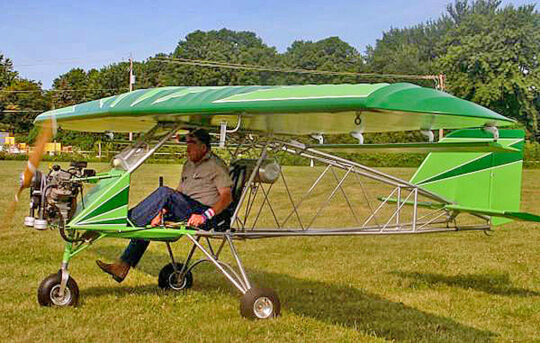
The particular sound people remember was a four stroke power plant. By itself, that was very unusual 10 or 15 years ago yet what made it unique was that Valley engineering started with a Generac-brand power generator engine, modified it significantly, and ended with a four stroke engine that could be used on this very light airframe and qualify for Part 103.
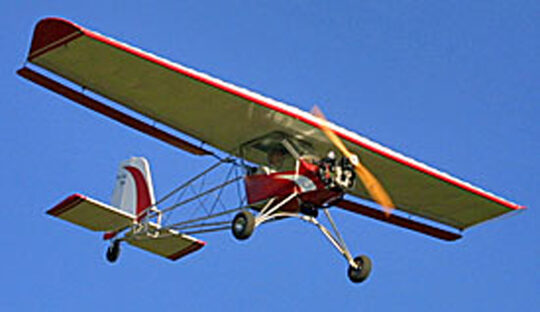
Backyard Swinger
Airframe and engine aside, easily the one feature that made it stand out more than any other: it’s unusual swing wing, except maybe not the way you’ve considered.
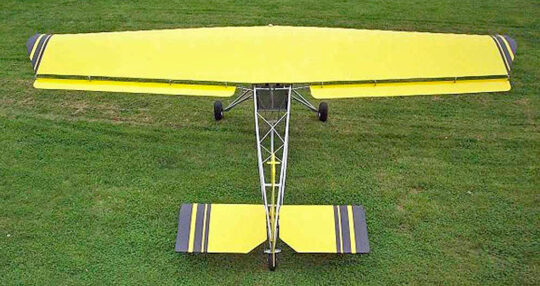
image from PilotMix.com, with more information about Back Yard Flyer
Gene took a farmer’s more direct (and far less costly) approach.
Four bolts allow movement on a “turntable” so the one-piece wing pivots 90 degrees to sit over the tail and protrude beyond the nose. The “swing wing” requires a 30-foot trailer but would be welcome in a crowded hangar as it measures only 83 inches wide (image below). As I observed a demonstration, aileron disconnects took a couple minutes; the whole process didn’t consume five minutes.
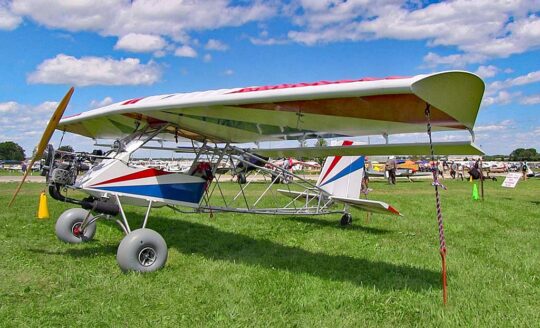
Gene, the “Flying Farmer,” faithfully flew his circuits of the Ultralight Area pattern accented by a throaty, guttural four-stroke sound that did not mimic the ubiquitous Rotax 582 that was king in the day. Gene’s Generac made an energetic flyer that could easily get in and out of a generous back yards.
Generational Shift
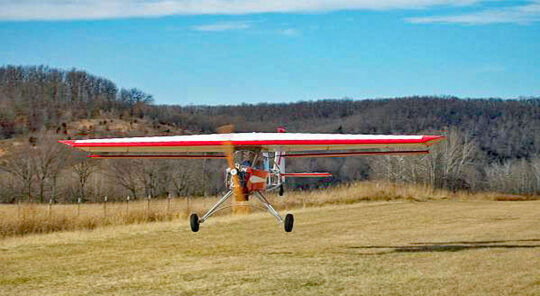
“We appreciate all the support that has been shown for our little plane through the years,” Alaina wrote in 2019. “Grandpa loved designing and building and we were so grateful for the opportunity to get a few planes out into the aviation world and the opportunity for him to live out his aviation dream.”
She continues the family enterprise making beautiful wood props.
ARTICLE LINKS:
- Culver Props, company website
- Video about Culver Props wth Alaina Lewis
- Backyard Flyer, article on this website
- Valley Engineering statement when they ceased making the Backyard Flyer, plus FAQs about the design
- More detailed photos of Back Yard Flyer, on Culver Prop’s website
A series of videos about Backyard Flyer can be found at Dave Loveman’s Light Sport and Ultralight Flyer YouTube channel by clicking this link. The ones below were some of the most popular.
Just six years ago, I interviewed Alaina Lewis of Culver Props about Backyard Flyer. and other topics. It was the last of our Backyard Flyer videos as the model was discontinued. Remember, these are older videos.
This earlier interview with Larry Smith dives into their power generator-based four-stroke engine and more about the unusual Backyard Flyer airframe. Recorded in 2011 with technology of that day.


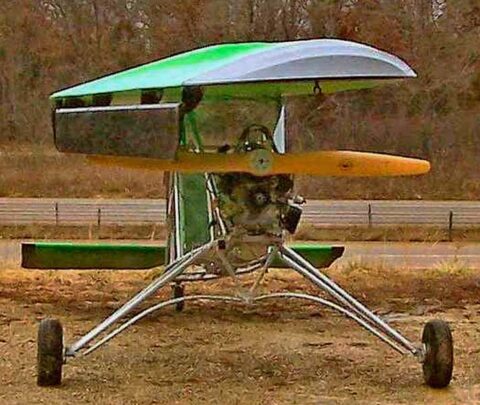

Dan, loved the article. Aviation spirit at its best. “BYO” Build Your Own! Coupled with the Generac engine, just plain awesome. Unique to me seeing ailerons like that. Reminds me of 2 of my favorite ultralights back in the day for me: Weedhopper and Phantom.
I want to fly without a license and have been looking at ultralight and motorized gliders.
I would like some info about the motor. Weight, HP etc
Links provided in the article will lead you to other articles that have some or all of the information you are seeking. Please go explore.